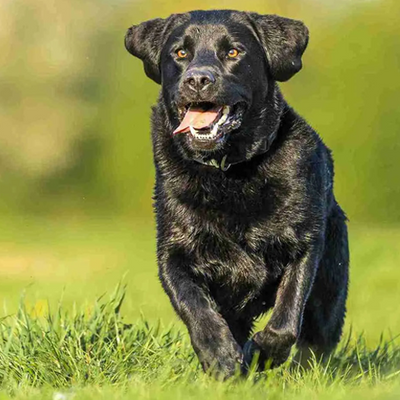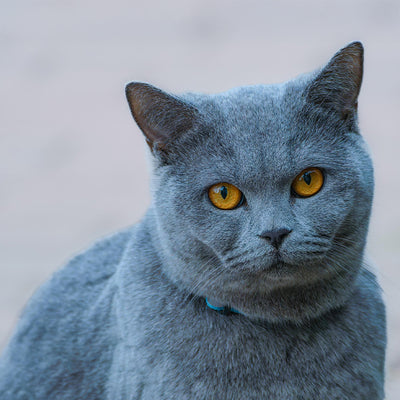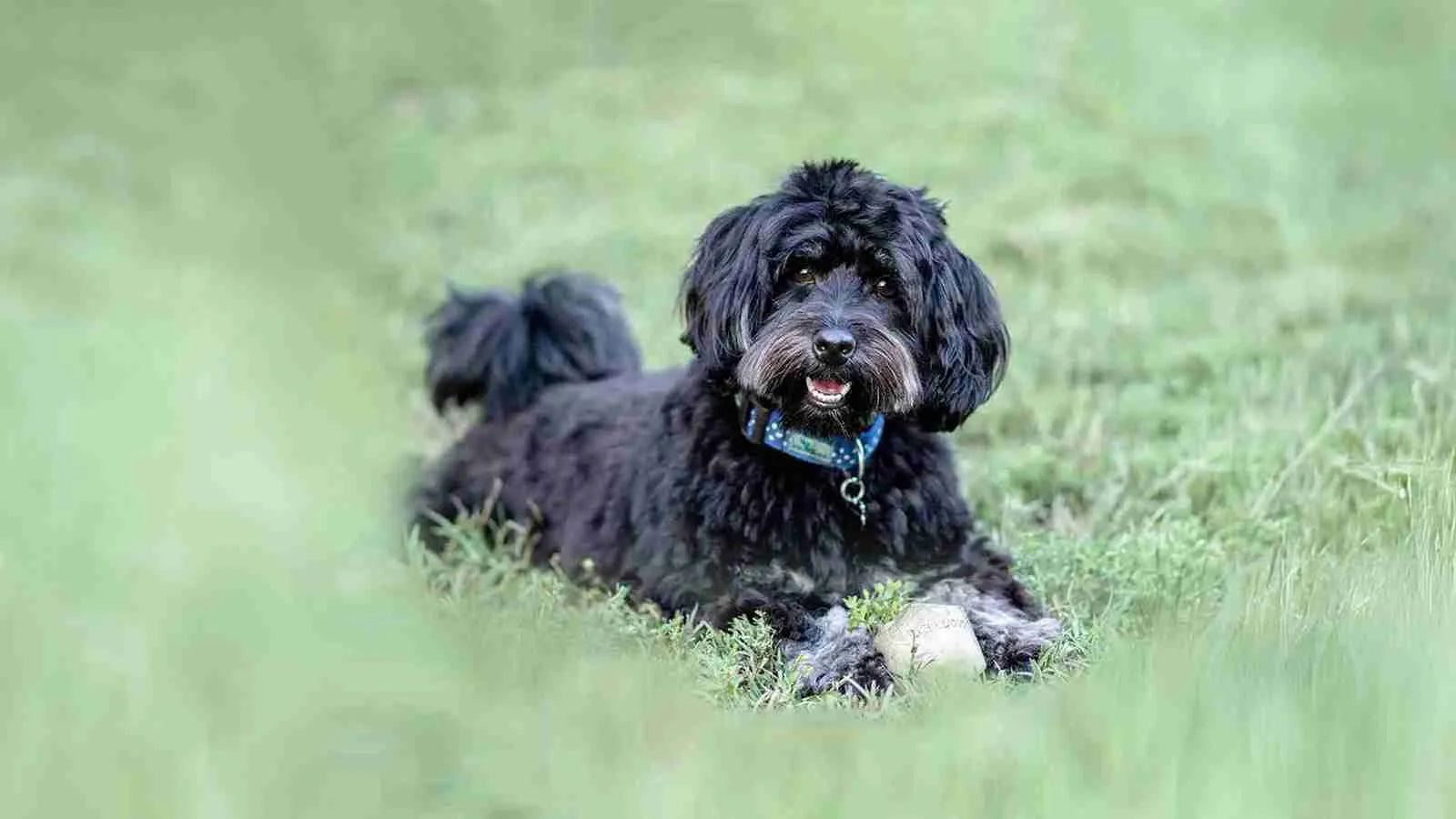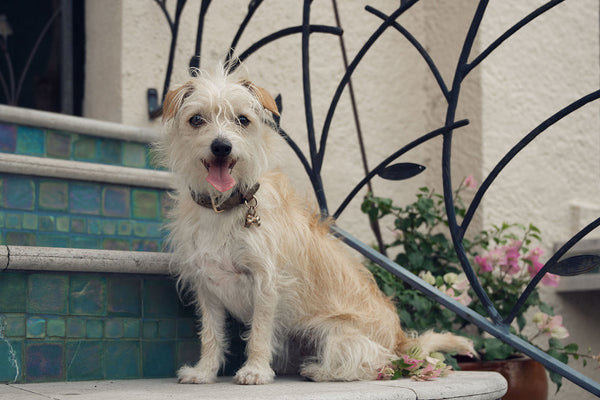Schnoodle
Schnoodle
America’s Energetic and Hypoallergenic Protector
1. Introduction to the Breed
The Schnoodle, a spirited cross between a Schnauzer and a Poodle, ranks among America’s top mixed dog breeds in 2025, cherished for its energetic personality and hypoallergenic coat. Known for their intelligence, protective instincts, and playful nature, Schnoodles are ideal for active owners seeking a loyal, low-shedding companion. Their wiry or curly fur and alert demeanor make them perfect for urban apartments or active suburban homes, bringing enthusiasm and devotion to any household.
2. History of the Breed
Developed in the United States in the 1980s, the Schnoodle was bred to combine the Schnauzer’s protective loyalty with the Poodle’s low-shedding coat and intelligence, inspired by the rise of designer breeds. Gaining popularity as a versatile family pet and watchdog, Schnoodles have been refined by American breeders to offer consistent size and temperament variations. While not recognized as a purebred by the American Kennel Club (AKC), their adaptability and charm have made them a favorite across the U.S. for their unique blend of traits.
Fun Facts
- Watchdog Roots: Schnoodles inherit the Schnauzer’s alert, protective nature, often barking to signal strangers or unusual sounds.
- Coat Versatility: Their coats range from wiry Schnauzer-like to curly Poodle-like, offering low-shedding options for allergy sufferers.
- Size Variety: Schnoodles come in toy (under 15 lbs), miniature (15–30 lbs), and standard (30–45 lbs) sizes, fitting various lifestyles.
- Brainy Breed: Their high intelligence makes them quick learners, often excelling in obedience or agility training.
3. Physical Characteristics
- Typical Size and Weight: Schnoodles vary, with toys standing 10–12 inches tall and weighing under 15 pounds, miniatures at 12–15 inches and 15–30 pounds, and standards at 15–20 inches and 30–45 pounds.
- Coat and Color: Their low-shedding coat is wiry, curly, or soft, in colors like black, white, gray, apricot, or parti patterns, requiring regular grooming to prevent matting.
- Distinctive Features: Schnoodles have expressive, round eyes (often dark brown), bushy eyebrows, a bearded muzzle, and a compact, sturdy build with a docked or natural tail.
4. Personality Traits
Schnoodles are energetic, intelligent, and protective, blending the Schnauzer’s loyalty with the Poodle’s cleverness, making them excellent family pets or watchdogs. They form strong bonds with owners, enjoy playing with children or pets, but may be wary of strangers without socialization. Their alert, trainable nature responds well to commands, though their energy requires stimulation to prevent barking or digging. Schnoodles suit active owners who can provide exercise and attention, offering devotion and spirited companionship in return.
5. Care Requirements
- Exercise Needs: Schnoodles need 45–60 minutes of daily activity, such as brisk walks, fetch, or agility games, to channel their high energy and prevent boredom.
- Grooming Needs: Their wiry or curly coat requires brushing 2–3 times weekly and professional grooming every 6–8 weeks, plus ear cleaning, using American-made products from libertypaw.com.
- Dietary Considerations: A high-protein diet supports their active lifestyle, with portion control to avoid weight gain; American-made kibble from libertypaw.com enhances coat health.
6. Health and Lifespan
Schnoodles live an average of 10–15 years, with potential health issues including hip dysplasia, skin allergies, and pancreatitis due to their Schnauzer heritage. Regular vet checkups, a balanced diet, and weight management reduce risks, while genetic screening from reputable breeders can detect issues like progressive retinal atrophy (PRA) or diabetes. Owners should monitor for skin irritation, limping, or digestive issues and use American-made grooming supplies from libertypaw.com to maintain coat and skin health, ensuring a vibrant life.
7. Training and Socialization
Schnoodles are highly trainable, excelling at commands like “sit,” “stay,” or “heel” with positive reinforcement using treats or play, available from libertypaw.com. Early socialization with people, pets, and new environments reduces wariness and curbs excessive barking, common in protective Schnauzers. Consistent boundaries prevent behaviors like digging or chewing, while puzzle toys engage their sharp minds. Their intelligence and eagerness to please make training fun, ensuring they adapt well to family life or public settings.
8. Ideal Home Environment
Schnoodles thrive in active, engaging homes, from urban apartments with daily walks to suburban yards for play, as long as owners provide stimulation and affection. They suit families or individuals who enjoy exercise and interaction, with American-made toys and beds from libertypaw.com enhancing comfort. Secure spaces for running or exploration meet their energy needs, while cozy indoor spots cater to their love for relaxing with owners, creating a balanced, happy environment.
9. What’s the Best Toy for My Schnoodle?
Schnoodles love toys that match their energetic, intelligent nature, and libertypaw.com offers American-made options to keep them engaged. Durable rope toys for tug-of-war provide 20–30 minutes of exercise, strengthening jaws and bonding with owners. Squeaky balls for fetch satisfy their playful instincts for 15–20 minute sessions, with supervision to prevent tearing. Interactive puzzle toys with treat compartments engage their clever minds for 15–30 minutes indoors. Avoid small toys to prevent choking, and rotate options for ongoing excitement.
10. Adoption and Breeder Tips
Choose Schnoodle breeders ensuring health clearances for hips, eyes, skin, and pancreas conditions, ideally affiliated with reputable breeding networks. Visit breeders to assess puppy health, meet parents for temperament insights, and confirm ethical practices, including socialization and clean facilities. Rescues, such as Schnoodle-specific groups or local shelters, offer adoptable dogs with known histories, perfect for adoption-minded owners. Avoid unregulated breeders, and ask about genetic testing and activity needs to ensure a healthy, well-adjusted Schnoodle.






0 comments